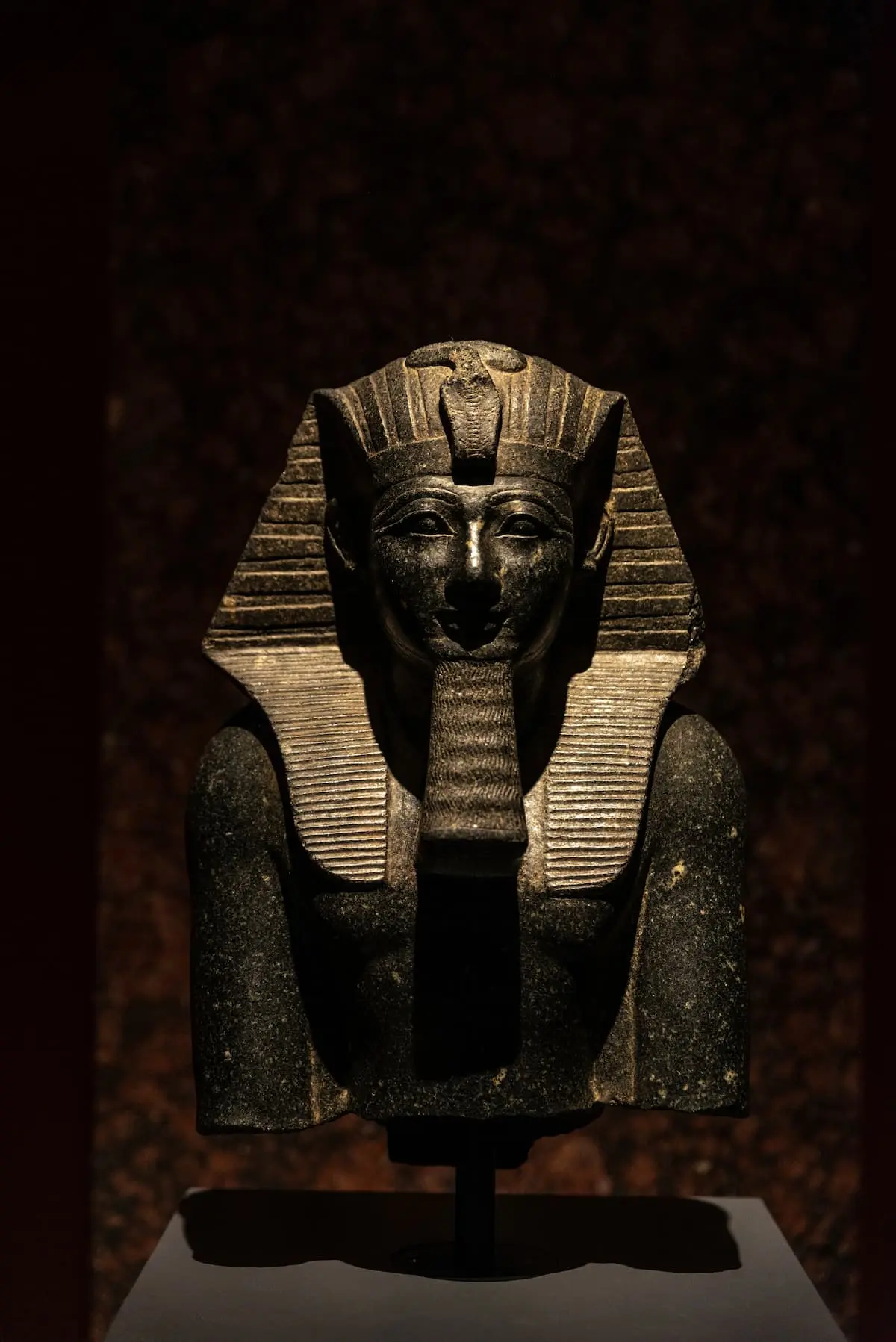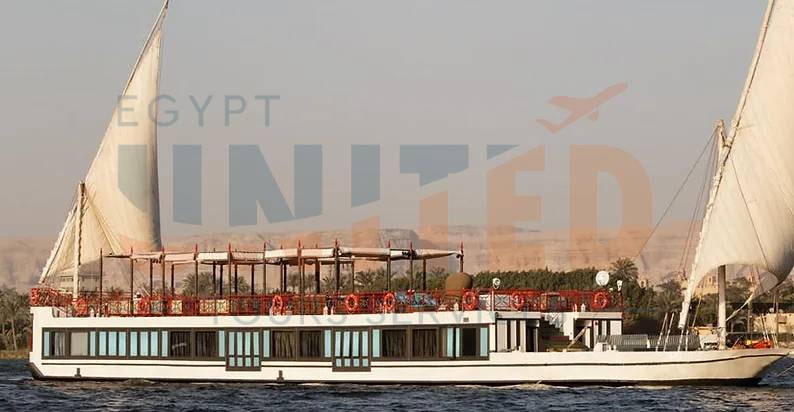The Battle of Megiddo: Thutmose III’s Decisive Victory and the World’s First Recorded War
King Thutmose III would command a crucial chapter in ancient warfare in 1479 BCE by leading his army in the northeastern region of Canaan. The city of Megiddo would be the epicenter of the conflict, where a Canaanite coalition twice the size of the Egyptian army and a half-timbered building would stand as the bastion of the enemy army. However, given the surprising results of the battle, the view of this site may tend to be based more on the course of the war. Their position is, however, shared by those who are enthusiastic about the history of the wars or the study of the history of the Mediterranean region.
Due to his brave decision to do the impossible, Pharaoh Thutmose III was able to successfully carry out a risky but tactical move by taking his army through the narrow Aruna pass, which was able to surprised the enemy troops and won the battle easily. Following the conclusion of the battle with the ultimate victory of the royal forces, Mageddo was put under siege until its Canaanite occupants ultimately surrendered, marking an extension of the Egyptian power in the area. This victory further consolidated Pharaoh Thutmose III’s position among the greatest of the warrior pharaohs of Egypt, as it firmly placed Egypt’s sphere of influence inside the Levant.
These days, the Battle of Megiddo is much more than simply a military campaign. It remains an absorbing exploration of fortitude, the art of decision-making, and naked ambition, while also presenting one of the most remarkable military conflicts, for it was the first documented war that set the course of an entire empire.

1. Battle of Megiddo Overview: The World’s First Recorded War
In the modern era, there have been many wars, so it’s hard to pinpoint the historical first war, the title that wars can be applied to. There, however, was a war which is far ahead of the rest due to it being the first war that was recorded in writing. It is the Battle of Megiddo, which took place in 1479 BC, and it was beautifully recorded with detailed writings in hieroglyphics by the ancient Egyptians at the Great Temple of Karnak. Egypt in this age had cultivated itself as a force to be reckoned with in the Near East, a fact that was buttressed by the conduct of the Pharaoh, Thutmose III, who is regarded as the ‘Napoleon’ of Egypt.
Kadesh and the team of Canaanite city-states led by its ruler started a rebellion against the authorities of Egypt. Their resting point, Megiddo, was the marriage point for trade and military traffic in the territory currently referred to as Israel. And that is where the battle would be fought to see who rules the area.
Thutmose III’s Bold Strategy at Megiddo: A Turning Point in Military History
As a mighty ruler, Thutmose III’s uncharacteristic behavior became the deciding point in the war. Due to the shorter and safer paths, Thutmose decided to lead his army through the narrow Aruna pass rather than take the longer and safer routes often taken. This bold move bewildered the enemy, allowing Egyptians to score a decisive victory on the battlefield before the Canaanites took their foot off the pedal. Megiddo was effectively blockaded by the Egyptians, even to the extent that the Canaanite inhabitants were hard pressed and surrendered.
Encompassing victory not only helped to once again establish Egypt’s stranglehold on its neighbours, but also opened a new perspective on the goings on of the forces and the changing roles of battlefields in the progression of warfare. Here, the Battle of Megiddo occupies an important place due to an unusually rich bulk of sources which not only give information on how and where the battle was fought, but also provide invaluable data for arts, history, and science.
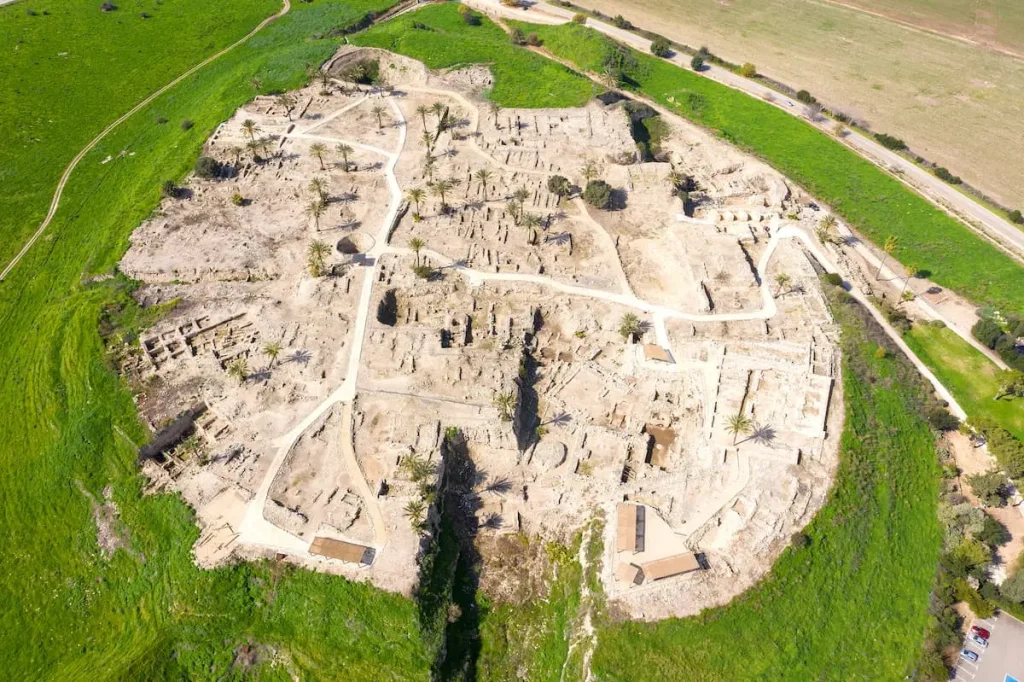
2. Where Will The Battle of Armageddon Happen?
The Battle of Armageddon appears to be the most well-known and often controversially debated prophetic event in the history of religion, and is most often associated with the much-talked-of ancient Battle of Megiddo. Based on the infamous New Testament Book of Revelation in the Holy Bible, it is postulated that the final war, Armageddon, would take place in the Valley of Megiddo (Hebrew translation ‘Har Megiddo’). Megiddo was a strategic junction in the northern region of present-day Israel, and it has served as an epicenter of many battles throughout its antiquity.
The outstanding geographical structure and the location of the valley historically worked to the advantage of armies and traders who sought to use it for military or economic activities. This is where the stories of Egyptians, Mesopotamians, and Canaanites fusing in battle make sense, since all these groups could have and therefore actually clashed here in a showdown.
Historically documented battles, such as the ancient Battle of Megiddo, which was fought in 1479 BCE against Pharaoh Thutmose III was a recorded event, but having said that, the Battle of Armageddon is taken to be a prophetic event symbolized which will take place in the distant future, it is a war, the war of good over evil. On this basis, it is frankly understandable how some well-schooled scholars in this sect believe that such an epic event could only be imaginary, a myth projected through this biblical term.
Conversely, regardless of the nature of other battles, the symbolic center point of predicted battles within Megiddo remains. Egypt and other outside nations were the victors of some, and there were references in the Bible to others. Consequently, Megiddo happened to be the center place where the most significant battle was to take place.
3. Background: Egypt vs. Canaanite Rebellion
The Battle of Megiddo was not an isolated incident. Many tensions were growing between Egypt and Canaan in the centuries leading up to the battle. During the Eighteenth Dynasty, the Egyptian Canaan regime imposed control over Canaan by the extraction of tributes and political structures from the city-states of the region. But at the time of Thutmose III, several of the Canaanite rulers started to oppose Egyptian rule, leading to a unified rebellion that was led by the King of Kadesh.
It is quite clear that Canaan, making Egypt’s access to the Middle East a lot easier, which includes Lebanon, Syria, and Palestine within its limits, is an important area of the region. It could be safe for Egypt to maintain some of its trade and political interests, as it enabled the direction of its military abroad. The opposition of the Canaanites was a result of their aspirations of reclaiming independence, and as such, to challenge foreign powers at the frontier cities of the marches.
The game-changer scenario is attributed to Pharaoh Thutmose III. He had become ruler upon the demise of the leader of the land, Queen Hatshepsut. The Pharaoh knew that putting down the rebellion would be a difficult task, but still, he had to do it for the sake of the expansion of Egypt. There was an understanding that failing to act might lead to unrest in adjacent regions, and it was evident that Egyptian control over the Levant would be shaken. Indeed, Megiddo became the turning point where it was understood that Egypt would have to show its military capabilities most effectively until the situation was handled satisfactorily and Egyptian dominance in the ancient Near East was sustained.
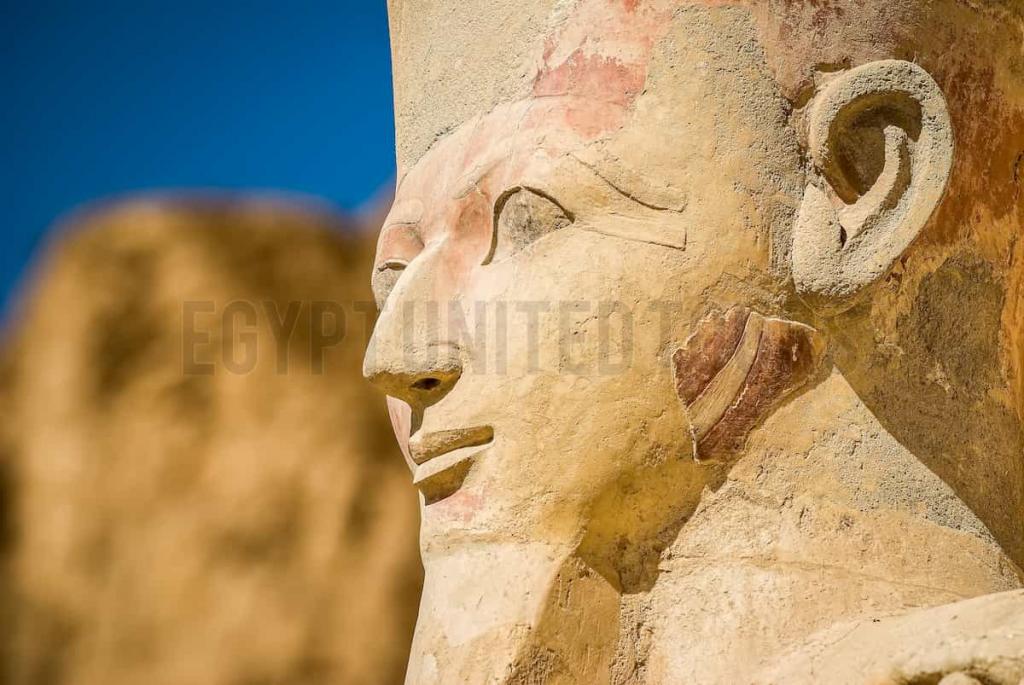
4. Pharaoh Thutmose III: Egypt’s Warrior King
Pharaoh Thutmose III was also famous for his extraordinary battle excellence. He was conquering other lands and other peoples violently. Egypt and many other countries respected him not only for his diplomacy but also for his brilliant military skills. Raised to the throne of the Eighteenth Dynasty after the death of regent Hatshepsut, Thutmose III faced the non-easy task of securing and expanding his power and retaining the Empire. Maintaining the loyalty of the many regions of Egypt, along with the adjacent territories, was not a difficult task before fighting the rebels, who were initially unaware of their utility or virtues.
Thutmose III was famous for leading his armies from the front during combat, and this was the last battle that he would take part in. He mixed careful preparation with boldness in his command. At Megiddo, he outflanked the enemy by taking an unorthodox and risky pass, the Aruna, killing all the Canaanites that had spread across the large plain. Disciplined coordination of troops, chariots, and supplies would also be difficult to match in ancient history, besides the valour of Thutmose III.
His control in Egypt was not restricted, as campaigns stretched deep into the Levant, reaching Syria, leading to the acquisition of tributes, territories, and prestige, all in support of Egyptian military expansion. Besides the tribute years, the historical inscriptions on the walls of the inner courtyard at Karnak Temple supplied the fullest possible data on his military achievements.
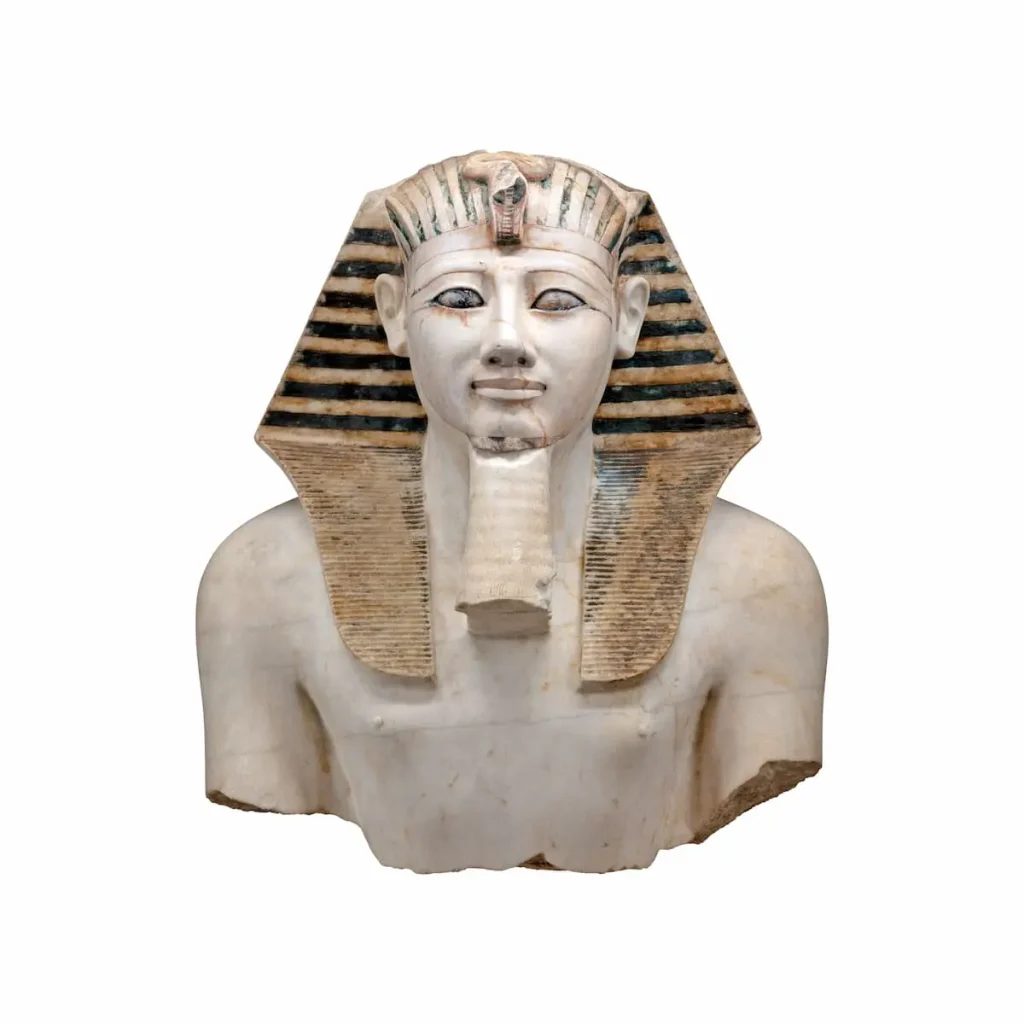
5. Clash at Megiddo: Strategy and Surprise
The victory at Megiddo represents an example of brilliant tactics and the influence of tactics in combat, specifically in ancient combat history. The pharaoh Pharaoh Thutmose III was in a difficult position, he was surrounded by a large number of Canaan cities who fortified strategic positions around Megiddo with may walls in order to suppress Egypt’s further expansion. Going all around found this not to be a wise ideal and therefore he forces his army through the hostile and narrow Ascent of Aruna, catching the enemy unawares by doing so.
This is one, among the many moves, that would not have successfully come to play without the element of surprise, which was immediately followed by effective attack. The Canaanite military realistically expected to fight in the more recognizable ground and this revealed their lack of intelligence. The defensive and offensive arrangements of the Egyptians which encompassed chariots and chariots driven by horses, and even hand chats were handled so professionally that they caused the Canaanites to panic. In the sense of strategic surprise, this is considered a significant achievement since it already shattered the unity of the Canaanite confederation before the battle even started.
Muttering, women, capturing their breath, when disks filling all spaces which look like circles surround a barns wall some of them see universally for protection wasper and sallow aside even hearth flame, victim is saved.
6. Siege of Megiddo: Egypt’s Long Victory
Having begun the war by engaging the Canaanites at the village of Sharuhen, the Egyptian forces then proceeded to besiege Megiddo to cut off the flow of much-needed supplies and reserve troops to their distant allies. This siege brought out more of Thutmose III’s virtues, such as patience and tolerance of under-supply, and understanding of the battlefield and backtracking principles in the use of combat.
The Egyptian armed forces started the offensive with the complete encirclement of the fortress and the gradual attenuation of the efforts of the attacked. With time, the food stock went down, and the people grew dispirited as a result, until the city had only one choice of capitulation. While reasonable in its time scale, this step-by-step conduct enabled them to seize the city without incurring major casualties, thus sparing most of their soldiers for the wars ahead. The siege served as the ultimate beginning of Egypt’s decline as a nearly disciplined empire, employing strategic approaches within its territorial presence in the Near East.
7. Aftermath: Egypt Secures Canaan
One such victory helps consolidate these findings. One such segment of history that helps the reader better understand the prevalence of the Egyptian army or the dominance of Egypt is the Battle of Magedo. After their victory, Egypt once again got hold of Canaan and increased its hold over the area of the Levant.
Those cities that broke away were then dealt with by the punitive expedition of the Pharaoh’s army, and while some cities were left to stand, most of the cities were taken by force and the hosts of the Egyptians were able to acquire nice yet very useful gifts in the form of chariots, weapons, and even an offering of people. This victory alone stopped many potential uprisings and truly demonstrated the power of Pharaoh Thutmose II was able to wield. On a rather political level, it was one that further cemented the dominance of Egypt, thus creating the perfect environment for the economy of the empire to flourish, i.e., directing the control of trade and resources in the Levant squarely towards the Egyptians.
8. Legacy of the Battle of Megiddo in History
The fight at Megiddo is considered to be the most important battle due to the reason that it is the first known battle fought with full documentation. The walls of the Karnak Temple are covered with records of necessity to identify the places of troops and terms, most probably with the dates of what we now call battles. The reason is that Megiddo, aside from its historical dimension, even sets ideas concerning the art of war, practice, and rendering of services in war, and combat biology. In other words, this is an important event not only to history but also to religion and culture, for its significance. Later, the site was synonymous with biblical concepts, and the end occurs in a place called Armageddon.
9. Megiddo Today: Archaeology and Heritage
Even in modern times, the region of northern Israel where Tel Megiddo is located holds in its bowels ruins of ancient cities. Troves of these include those of Canaanites, the Egyptians, and much more recent cultures arriving in the area. Searches have yielded ruins of city walls, gates, temples, and uncovered stones and pottery that help in understanding the strategic importance of the region as well as the culture that existed there. In the present, Megiddo is a World Heritage site boasting tourists, historians, and anyone who cares for a spectacle of the relic ruins or simply wants to know how this one location influenced the shape of the Near East.
10. Conclusion: Why the Battle of Megiddo Still Matters
Not only does the charging of Megiddo’s remains and the grabbing of spoils from the conquered sites demonstrate military superiority, but it also became the face of tactical warfare imposed by Thutmose III and imperialistic policy in the context of Egypt-Canaan interactions of the day. With the provided in-depth and unique records, the lens of ancient society, politics, and military tactics is available for observation. For centuries, the significance and contributions of this battle still live on the pages of the historical chronicles, and this popular remake of the historical data resonates in the fields of archaeology, religion, and strategic studies, establishing this event as an iconic effort of strategic planning and human behavior.

